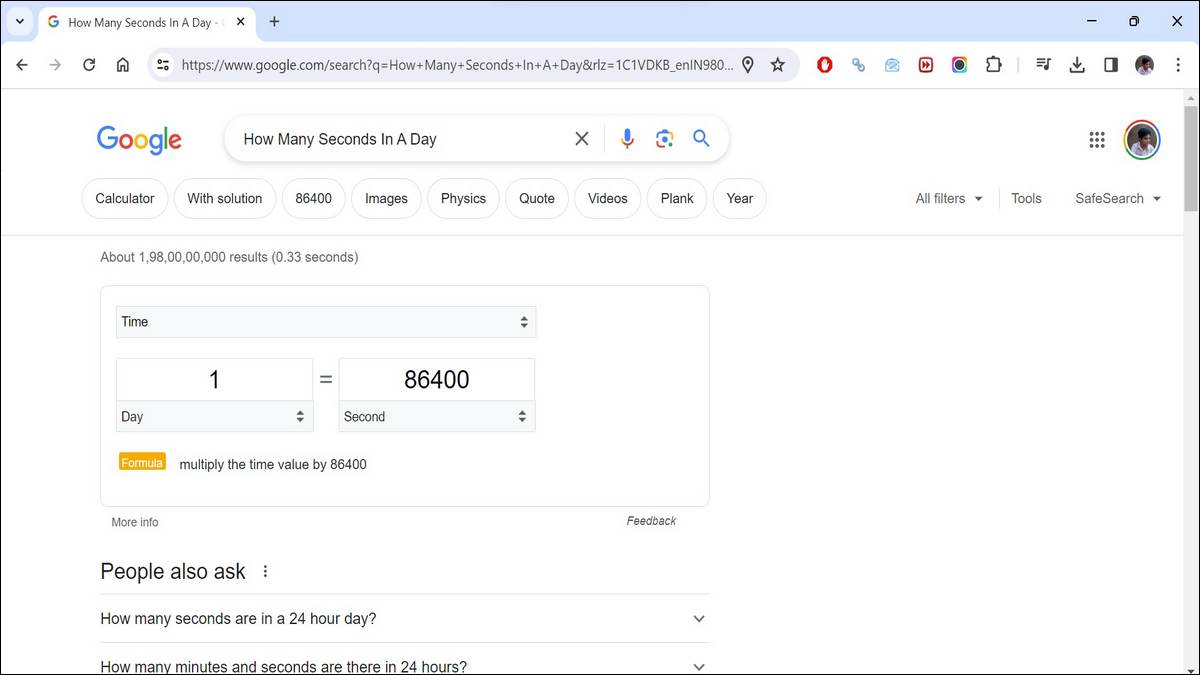How Many Seconds In A Day? (And Facts You Didn’t Know)
Have you ever stopped to ponder just how many seconds are packed into each day? On the surface, the answer seems simple: 86,400. But beneath that number lies a surprisingly rich story of timekeeping, astronomy, and the human obsession with precision.
How many seconds in a day? It’s not as simple as you think! Discover the science of timekeeping and why a second matters.

Why 86,400? The Journey of a Second
Let’s break it down:
- The Heartbeat of a Second: Historically, a second was defined based on the Earth’s rotation. A day was divided into 24 hours, those into 60 minutes, and those further into 60 seconds. However, scientists discovered our planet’s rotation isn’t perfectly regular, meaning these seconds would vary in length.
- Atomic Precision: Today, we define a second with incredible precision – it’s the time it takes for a cesium-133 atom to make over 9 billion oscillations. This gives us a universally consistent second.
- The Math Check: With our super-accurate second, the math is simple: 60 seconds * 60 minutes * 24 hours = 86,400 seconds in a day.
But Isn’t a Day Just a Day?
Turns out, it’s a bit more complicated:
- Solar vs. Sidereal Days: A solar day, what we think of as a “day”, is the time it takes the Earth to rotate so the sun is back in the same position in the sky. But a sidereal day (one full 360 degree rotation relative to other stars) is slightly shorter – about 86,164 seconds.
- Leap Seconds: Even atomic clocks can’t perfectly match Earth’s slightly unpredictable rotation. Occasionally, “leap seconds” are added to keep our timekeeping aligned with the planet. The last one was added in 2016!
- Time Stretches, Ever So Slightly: Due to tidal forces from the moon, Earth’s rotation is actually slowing down by tiny amounts. This means our days are gradually getting longer, though the change is minuscule over a human lifespan.
The Importance of Seconds
Seconds might seem like small units, but they’re the backbone of modern life:
- Scientific Measurement: Accurate timekeeping down to the second is crucial for experiments, engineering, and understanding natural phenomena.
- Navigation: From old-school celestial navigation to modern-day GPS, knowing the precise time is essential for determining location.
- Synchronized World: Computers, communication networks, and global financial systems all rely on split-second timing to function correctly.
How many minutes and seconds are there in 24 hours?
There are 1,440 minutes in 24 hours. Here’s how we get that number:
- Each hour contains 60 minutes.
- A day consists of 24 hours.
- Therefore, the total minutes in a day are 60 minutes/hour * 24 hours = 1440 minutes
To calculate the seconds, we take it one step further:
- Each minute contains 60 seconds.
- Since we have 1,440 minutes in a day, the total seconds would be 60 seconds/minute * 1440 minutes = 86,400 seconds.
So, in a full 24-hour day, there are 1,440 minutes and 86,400 seconds.
Seconds in Our Everyday Lives
Even outside high-tech contexts, seconds shape our experience:
- Blinking: The average human blink takes about a third of a second.
- Sports: Fractions of seconds can separate victory from defeat in athletic competitions.
- Human Perception: Our brains can process events and make decisions in mere fractions of a second, a fascinating aspect of how we perceive the world.
- Art and Expression: The timing of musical notes, the pacing of a film edit, the length of a dance movement—seconds are fundamental to artistic creation.
A Second Can Hold a Lifetime
While we typically focus on the larger chunks of time—hours, days, years—it’s worth appreciating the power of the humble second. From the beating of our hearts to the grand dance of planets, seconds are the constant, tiny building blocks of our experience.
Next time you glance at a clock, remember that behind those ticking numbers lies a fascinating story of human ingenuity, natural cycles, and the relentless quest to measure the world around us.